- Understanding Pacemaker Implantation and Its Importance
- Immediate Post-Surgery Care Essentials
- Long-Term Recovery Strategies for Pacemaker Patients
- Real-Life Experience and Professional Advice
- How to Find Best Support and Resources
1. Understanding Pacemaker Implantation and Its Importance
A pacemaker is a small, sophisticated device implanted to regulate abnormal heart rhythms, often saving lives by ensuring the heart beats properly. Understanding the procedure itself is crucial for anyone preparing for or recovering from pacemaker implantation. This surgery involves placing the device under the skin near the collarbone, connected to the heart by leads that send electrical impulses. The complexity of the procedure demands patients be well-informed about what recovery entails.
Many patients feel apprehensive about the implantation process and the recovery phase. Knowing what to expect can significantly reduce anxiety and help in adhering to recovery protocols. Recovery tips after pacemaker implantation focus not only on physical healing but also on psychological adaptation to living with a heart device.
By embracing a proactive approach to recovery, patients can maximize the benefits of their new pacemaker and minimize complications. This means following medical advice, recognizing symptoms that require urgent attention, and maintaining lifestyle adjustments recommended by healthcare providers.
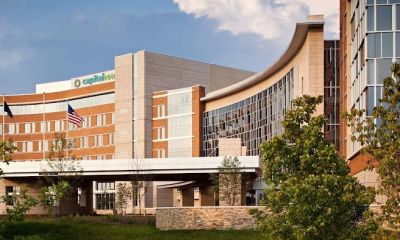
2. Immediate Post-Surgery Care Essentials
Right after pacemaker implantation, the body enters a delicate healing phase where proper care is critical. During the first few days, patients should prioritize wound care to prevent infections and avoid strenuous movements that might dislodge the leads. Pain management is also an important part of early recovery, and doctors typically prescribe medications to help.
Sleeping position is often a concern — resting on the non-operated side or slightly elevated can reduce discomfort and swelling. Avoiding heavy lifting or raising the arm on the side of the surgery above shoulder height is advised for at least 4-6 weeks, as this can strain the implantation site.
One often overlooked but essential tip is maintaining a healthy diet rich in proteins and vitamins, which promotes tissue repair. Hydration also supports the body’s healing mechanisms. Patients should monitor for signs such as excessive redness, swelling, or fever and report these immediately to their doctor.
In many cases, patients are surprised by how quickly they begin to regain normal activities with proper care. However, it is important to respect the body’s limits during this fragile stage and gradually increase activity under medical guidance.
Endeavor Health Northwest Community Hospital
endeavor health northwest community hospital
800 W Central Rd, Arlington Heights, IL 60005, USA
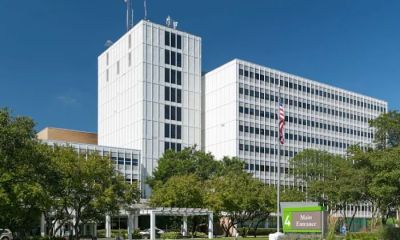
3. Long-Term Recovery Strategies for Pacemaker Patients
Recovering from pacemaker implantation doesn’t end once the initial wounds heal. Long-term strategies involve regular check-ups to ensure the device functions correctly and the leads remain stable. Patients should learn to recognize signs of pacemaker malfunction, such as dizziness, fatigue, or palpitations, and report them promptly.
Adapting lifestyle habits plays a key role. This includes managing stress, following a heart-healthy diet, and engaging in doctor-approved physical activity. Regular exercise tailored to individual capabilities enhances cardiovascular health and overall well-being. Moreover, avoiding electromagnetic interference from certain devices and environments is crucial to prevent pacemaker disruption.
Another important aspect is psychological adjustment. Many patients share that joining support groups or discussing their experiences with others who have pacemakers provides emotional relief and practical insights. These connections foster a sense of community and empower patients during their recovery journey.
3.1 Tailoring Recovery to Individual Needs
Each patient’s recovery timeline can vary greatly depending on their overall health, age, and the reason for pacemaker implantation. Personalized advice from cardiologists and rehabilitation specialists can optimize recovery and improve quality of life.
3.2 Monitoring and Technology
Modern pacemakers often come with remote monitoring features, allowing healthcare teams to track heart function and device status without frequent hospital visits. Engaging with these technologies can provide peace of mind and quick responses to any irregularities.
4. Real-Life Experience and Professional Advice
Consider the story of John, a 68-year-old man who underwent pacemaker implantation after suffering from severe arrhythmia. Initially, John felt overwhelmed by the lifestyle changes and feared dependency on the device. However, by following detailed recovery tips after pacemaker implantation, such as pacing his activity and maintaining open communication with his healthcare providers, John regained confidence and returned to his gardening hobby within two months.
Healthcare professionals emphasize the importance of education and active participation in recovery. Cardiologist Dr. Emily Sanders notes, “Patients who understand their device and recovery steps tend to experience fewer complications and better mental well-being.”
Moreover, involving family members in the recovery process can enhance support and help monitor symptoms, creating a safer healing environment.
5. How to Find Best Support and Resources
Finding reliable information and resources is key to successful recovery. For those seeking the best products, services, or guidance related to pacemaker recovery, HeartCare Hub offers a dedicated platform with carefully curated recommendations. From specialized heart care products to trusted service providers, this resource helps patients and caregivers make informed decisions that complement medical care.
Additionally, exploring educational materials, community forums, and professional advice on platforms like HeartCare Hub can empower patients with knowledge and confidence. Recovery after pacemaker implantation is a journey that benefits greatly from both expert guidance and personal support.
Taking advantage of these resources alongside following medical instructions can lead to a smoother, safer recovery and a better overall quality of life for pacemaker recipients.

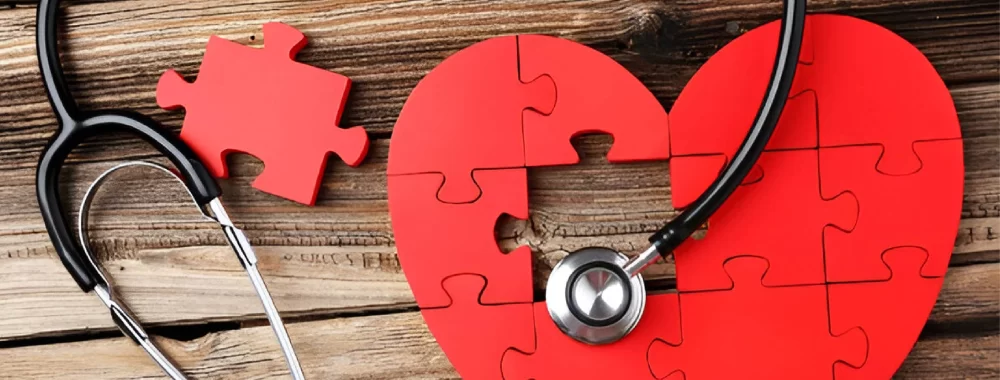




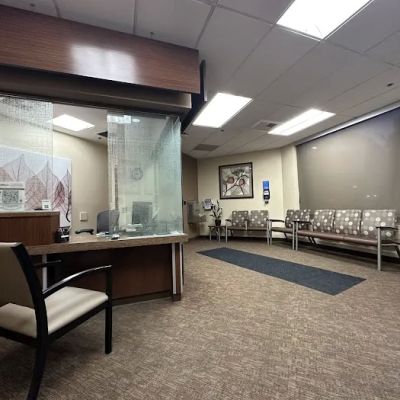










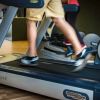

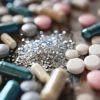


Capital Health Medical Center – Hopewell
capital health medical center hopewell
1 Capital Way, Pennington, NJ 08534, USA